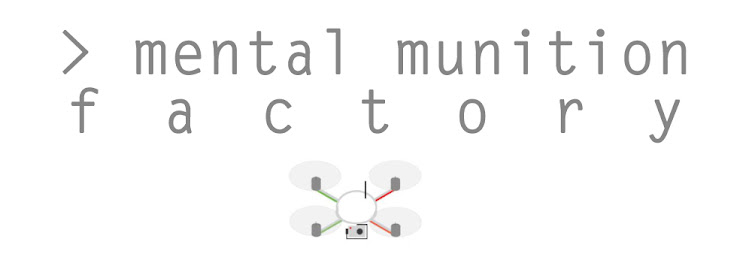
Google announced Monday that it would give $20,000 to journalism students who can mash-up computer science and enterprise reporting.
The scholarship program is a joint venture between the Associated Press (AP) and Google, and will be administered by the Online News Association (ONA).
“The AP-Google Journalism and Technology Scholarship program will provide $20,000 scholarships for the 2012-13 academic year to six promising undergraduate or graduate students pursuing or planning to pursue degrees at the intersection of journalism, computer science and new media,” Google and the AP wrote in a press release. “The program is targeted to individual students creating innovative projects that further the ideals of digital journalism.”
On the official Google blog, ONA executive director Jane McDonnell said the goal of the scholarship was “to shine a light on the hidden treasures in schools across the country—the digital-minded journalists who will be the future of our industry.”
More information is available at http://ap-google.onlinenewsassociation.org/
The AP-Google scholarship is one of the latest initiatives to bolster the ranks of journalists with data specialists who can use computer skills to sort, filter and describe important trends hiding in a sea of public data. Those trends can be a springboard to launch investigations into a wide variety of issues, including poverty, health, crime and social justice.
The need for those types of computer and analytical skills is only increasing as governments begin to publish on the internet troves of documents that were previously difficult to access.
Brant Houston, the John S. and James L. Knight Foundation chair for enterprise and investigative reporting at the University of Illinois, wrote in the summer 2010 Nieman Reports that data journalists could help improve the nation’s investigative reporting strength.
“Digital media’s capabilities might provide ways to hold public agencies accountable while expanding journalists’ role as community watchdogs,” he wrote.



